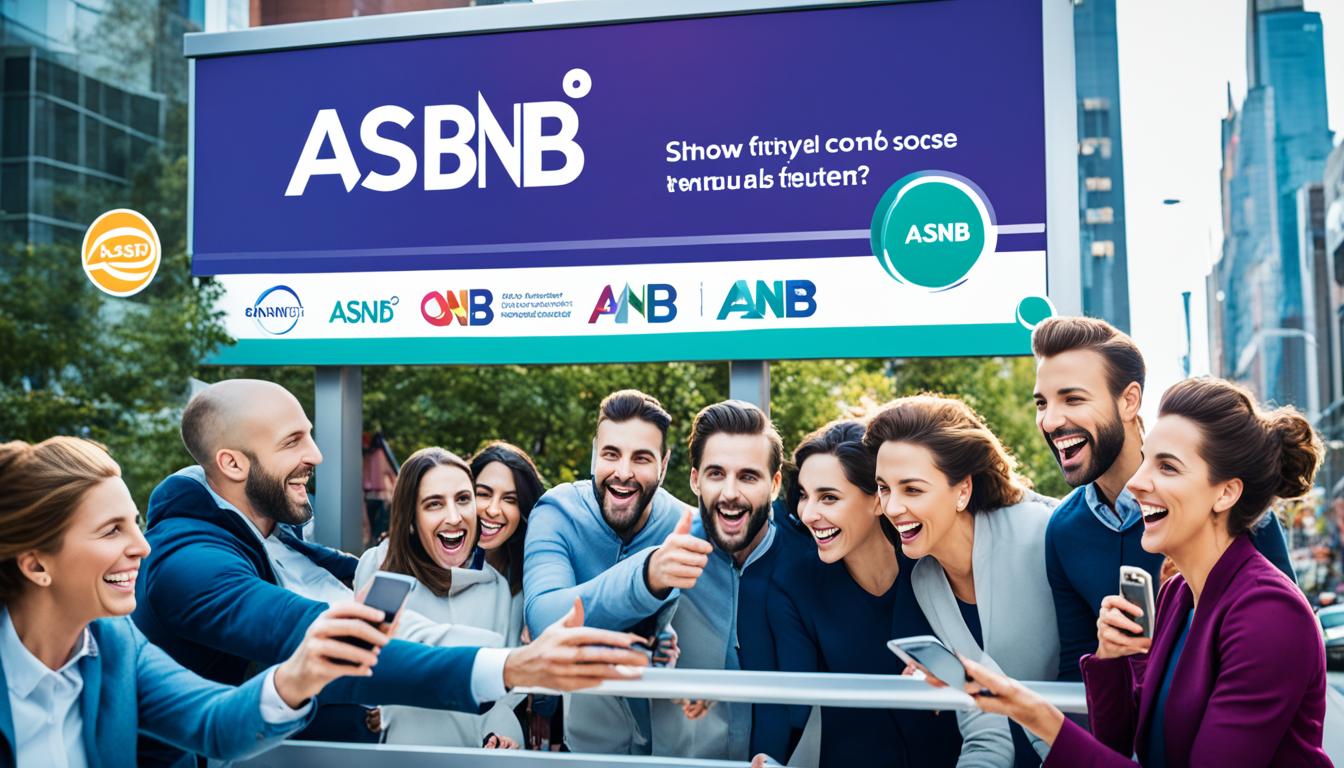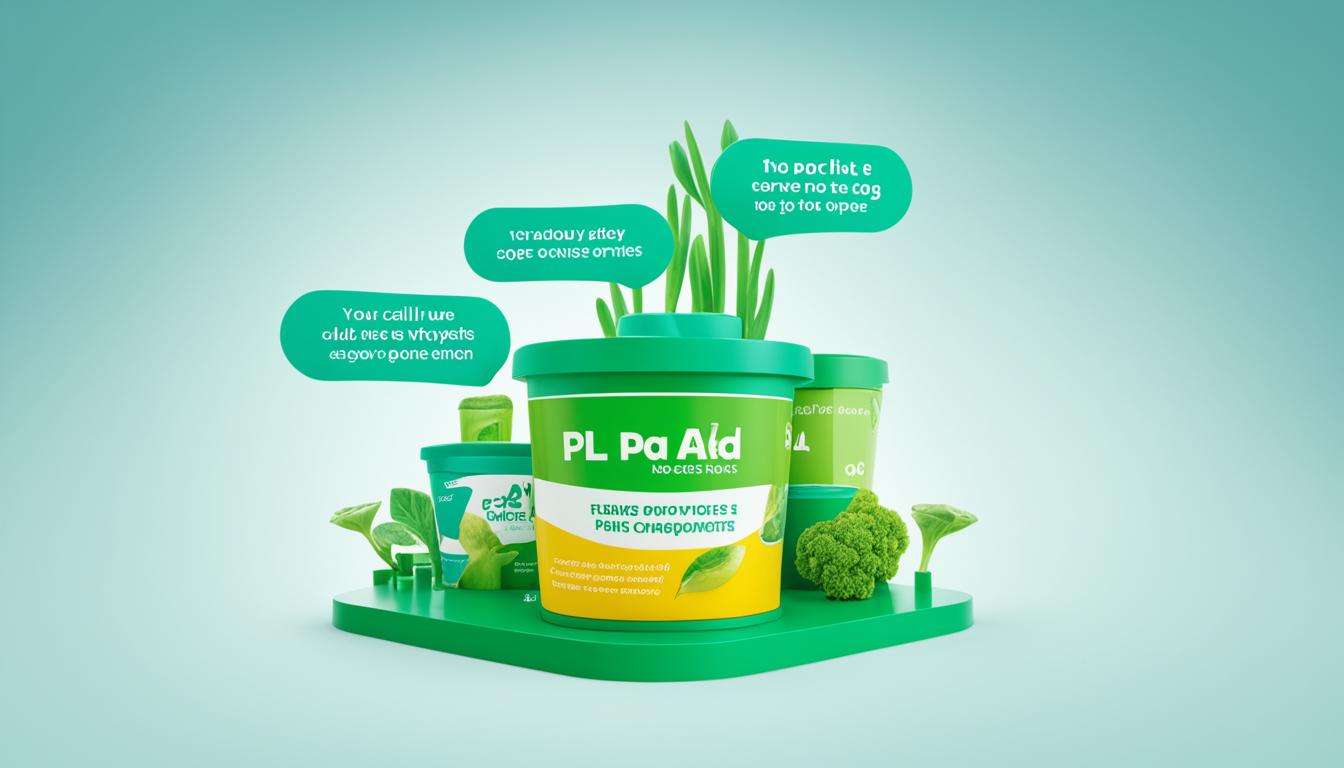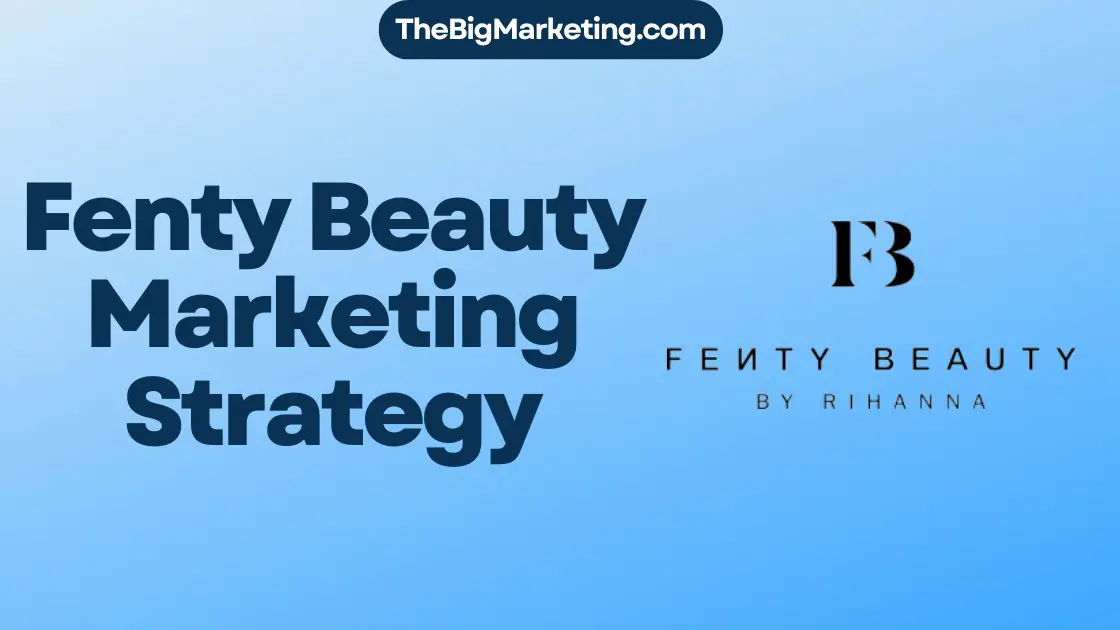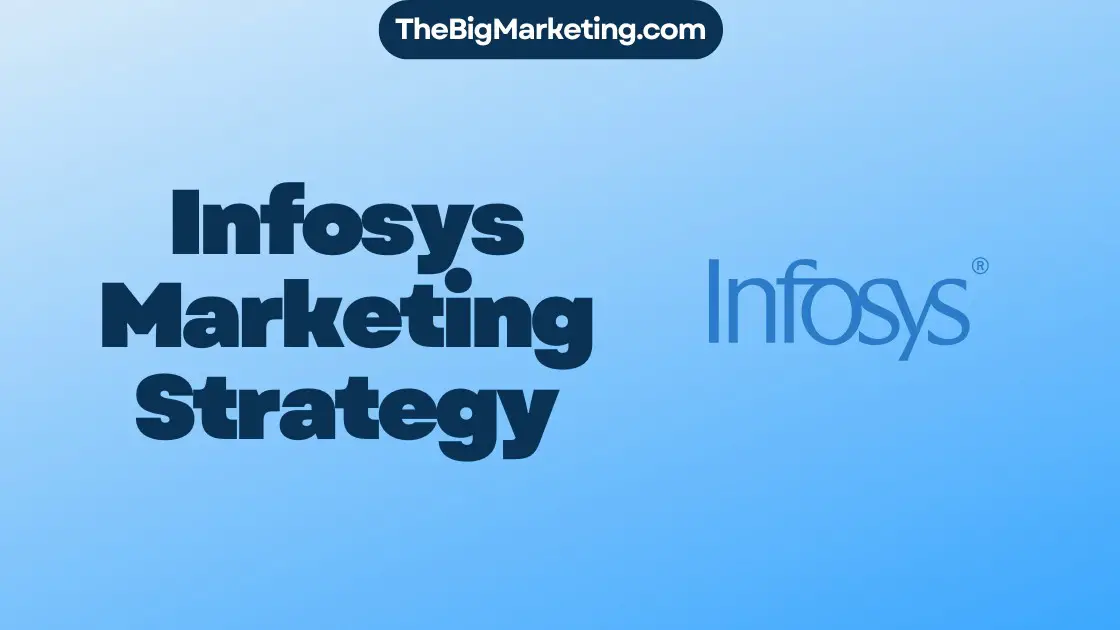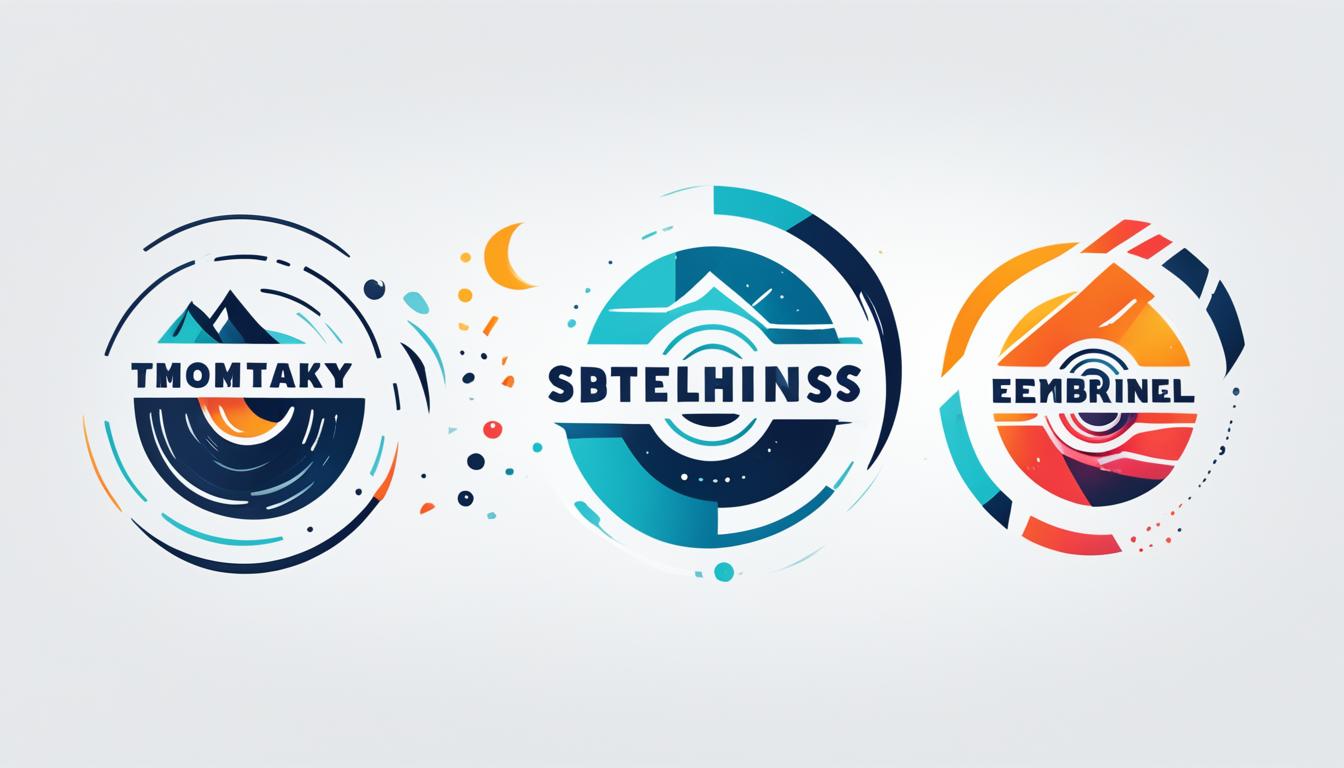Ray-Ban, a renowned eyewear brand, has consistently employed effective marketing strategies to establish itself as a leader in the industry. By implementing a combination of innovative tactics, digital initiatives, and impactful brand awareness campaigns, Ray-Ban has successfully solidified its position and cultivated a loyal customer base.
Throughout this article, we will delve into the various aspects of Ray-Ban’s marketing strategy, analyzing its historical background, the strategic changes brought about by its acquisition by Luxottica, and the brand definition and marketing campaigns that have made Ray-Ban synonymous with style and coolness.
Furthermore, we will explore how Ray-Ban expanded its reach into new markets, particularly in Asia and South America, and examine the introduction of innovative products that cater to specific needs, such as electrically heated eyewear to combat fogging caused by mask-wearing.
Additionally, our analysis will encompass the competitive landscape within the anti-fogging eyewear market, identifying key competitors and factors that influence market dynamics. We will also discuss the goals and objectives of Ray-Ban, the market outlook, and potential restraints hindering market adoption.
Key Takeaways:
- Ray-Ban has implemented various marketing strategies, including promotional tactics, digital efforts, and brand awareness campaigns, to achieve its brand success.
- The acquisition by Luxottica revitalized Ray-Ban’s quality and image by focusing on premium eyewear and expanding the product range with personalized options.
- Ray-Ban’s brand definition emphasizes freedom and authenticity, with marketing campaigns like the NEVER HIDE campaign attracting customers with a sense of style.
- The brand’s expansion in new markets, particularly in Asia and South America, caters to the growing demand for luxury eyewear.
- Ray-Ban plans to introduce innovative products like electrically heated eyewear to combat fogging caused by mask-wearing.
Historical Background of Ray-Ban
Ray-Ban, a renowned eyewear brand, has a rich history dating back to its establishment in 1937. Over the years, the brand has become synonymous with iconic eyewear that exudes style and sophistication. One of Ray-Ban’s most influential contributions to fashion is the introduction of the Wayfarer model, which skyrocketed the brand’s popularity to new heights.
The Wayfarer model, with its distinctive shape and bold design, captured the attention of many fashion-forward individuals. It quickly gained a cult following and became a symbol of timeless coolness. Renowned personalities like James Dean and Tom Cruise further propelled the popularity of the Wayfarer by sporting these iconic frames in movies, solidifying Ray-Ban’s status as a desirable eyewear brand.
However, despite its initial success, Ray-Ban faced a decline in the following years. The brand struggled to maintain its prominence in the market. It wasn’t until the acquisition of Ray-Ban by Luxottica, a global eyewear conglomerate, that the brand experienced a revival.
Luxottica recognized the potential of the Ray-Ban brand and implemented strategic changes to revitalize its image. They placed a strong emphasis on restoring the quality and craftsmanship of Ray-Ban eyewear, ensuring that each pair exemplifies the brand’s commitment to excellence.
With Luxottica’s guidance, Ray-Ban regained its position as a leader in the eyewear industry, showcasing a wide range of eyewear collections that continue to captivate consumers worldwide.
The Iconic Wayfarer Model
The Wayfarer model remains one of Ray-Ban’s most beloved and enduring designs. Its timeless appeal and distinctive shape have made it a favorite among fashion enthusiasts. Whether it’s for a casual outing or a formal event, the Wayfarer effortlessly elevates any look.
| Key Features of the Wayfarer Model | Benefits |
|---|---|
| Iconic design | Enhances personal style and makes a fashion statement |
| Durable construction | Ensures long-lasting wear and resistance to everyday use |
| UV protection | Protects the eyes from harmful UV rays |
| Versatile style | Suits various face shapes and outfits |
Ray-Ban’s Wayfarer model continues to be an icon in the world of eyewear, cementing the brand’s legacy as a symbol of timeless style and fashion-forward elegance.
Stay tuned for the next section, where we’ll delve into the strategic changes undertaken by Luxottica following the acquisition of Ray-Ban.
Strategic Changes by Luxottica
Following Luxottica’s acquisition of Ray-Ban, the iconic eyewear brand underwent significant strategic changes that reshaped its position in the market. Luxottica’s expertise and focus on quality enabled Ray-Ban to uphold its legacy while elevating its offerings to new heights.
One of the key areas of improvement was the quality of Ray-Ban glasses. Luxottica, renowned for its commitment to craftsmanship, implemented rigorous quality control measures to ensure that every pair of Ray-Ban eyewear met the highest standards of excellence. This quality focus became a hallmark of the brand, further solidifying its position as a leader in the industry.
Additionally, Luxottica recognized the value of positioning Ray-Ban as a premium eyewear brand. To achieve this, they strategically shifted their distribution strategy, focusing on exclusive partnerships with high-end retailers and specialty eyewear stores. This move allowed Ray-Ban to further establish itself as a symbol of style and sophistication.
Expanding the product range with personalized options was another significant step taken by Luxottica. By offering customers the opportunity to customize their eyewear according to their preferences, Ray-Ban provided a more personalized and unique experience. This approach resonated with consumers, allowing them to express their individuality through their eyewear choices.
Through these strategic changes, Luxottica successfully positioned Ray-Ban as a purveyor of premium eyewear, combining exceptional quality with personalized products that catered to the desires of discerning customers.
Luxottica’s Strategic Changes at a Glance:
| Focus Areas | Key Changes |
|---|---|
| Quality | Implementation of rigorous quality control measures to ensure excellence in every pair of Ray-Ban glasses |
| Distribution | Shifted to exclusive partnerships with high-end retailers and specialty eyewear stores to position Ray-Ban as a premium brand |
| Product Range | Expanded offerings with personalized options, allowing customers to customize their eyewear and express their individuality |
Brand Definition and Marketing Campaigns
Ray-Ban has solidified its position as a classic and cool eyewear brand, with a focus on expressing freedom and authenticity. With a reputation built on timeless style and quality craftsmanship, Ray-Ban continues to captivate customers with its unique appeal.
One of the most iconic marketing campaigns by Ray-Ban is the NEVER HIDE campaign. This campaign targeted individuals seeking individuality and rebellion, appealing to those who embrace their own style and dare to be different. By celebrating uniqueness and self-expression, Ray-Ban successfully connected with customers on a deeper level.
The NEVER HIDE campaign showcased the coolness factor associated with Ray-Ban eyewear, inspiring individuals to be confident in their own skin. By encouraging people to embrace their authentic selves without fear or hesitation, Ray-Ban positioned itself as a symbol of self-expression and personal style.
Throughout the campaign, Ray-Ban featured diverse individuals from different walks of life, highlighting the brand’s commitment to inclusivity and celebrating the uniqueness of each person. This resonated strongly with customers, reinforcing Ray-Ban’s brand identity as a trusted and relatable eyewear brand.
Expansion in New Markets
Ray-Ban, a leading luxury eyewear brand, has successfully expanded its market presence in Asia and South America to cater to the growing demand for premium eyewear in these regions. To capitalize on the immense potential, Ray-Ban strategically partnered with local distributors, leveraging their expertise and distribution networks to establish a strong foothold in these markets.
Asia, with its vibrant culture and fashion-forward consumers, presented an exciting opportunity for Ray-Ban’s expansion. With the rise of disposable incomes and a growing appreciation for luxury brands, the demand for high-quality eyewear has soared in countries like China, Japan, and South Korea. Ray-Ban’s iconic styles and reputation for excellence have resonated with Asian consumers, cementing its position as a coveted brand in the region.
Similarly, South America exhibits a flourishing market for luxury eyewear. Countries like Brazil, Argentina, and Colombia have witnessed a surge in fashion-conscious consumers who value both style and functionality. By collaborating with local distributors who possess a deep understanding of the South American market, Ray-Ban has successfully catered to the unique preferences and tastes of these consumers, further solidifying its presence in the region.
This strategic expansion into new markets aligns perfectly with Ray-Ban’s commitment to providing exceptional eyewear experiences to customers worldwide. By leveraging its brand recognition, superior product quality, and effective distribution channels, Ray-Ban continues to establish its position as a global leader in luxury eyewear.
Introduction of Innovative Products
Ray-Ban is continuously pushing the boundaries of eyewear technology to bring innovative products to the market. In line with this commitment, the brand is set to introduce a groundbreaking product line: electrically heated eyewear. These cutting-edge glasses incorporate advanced heating elements that combat the common issue of fogging, particularly in regions with challenging environments such as Canada, where extreme cold weather and mask-wearing create impaired vision.
By leveraging state-of-the-art technology, Ray-Ban’s electrically heated eyewear ensures optimal visibility and comfort for wearers, even in the most demanding conditions. The unique heating system prevents fogging, allowing users to focus on their activities without the inconvenience and hazard of obscured vision.
Ray-Ban’s dedication to innovation and addressing customer needs is reflected in their development of electrically heated eyewear. This revolutionary solution offers a transformative experience for individuals requiring clear vision while wearing masks or operating in cold climates.
Let’s take a closer look at the features and benefits of Ray-Ban’s electrically heated eyewear:
Features of Ray-Ban Electrically Heated Eyewear
- Advanced heating elements integrated seamlessly into the frames
- Efficient heating technology that reduces fogging within seconds
- Customizable heat settings to suit individual preferences
- Lightweight and durable construction for long-lasting comfort
- Sleek and stylish designs that uphold Ray-Ban’s reputation for iconic eyewear
Ray-Ban’s electrically heated eyewear represents a breakthrough in the eyewear industry, combining functionality and fashion. Whether you’re an outdoor enthusiast, a healthcare professional, an athlete, or simply someone who values clear vision, these innovative glasses are designed to enhance your daily experiences.
Stay tuned as Ray-Ban prepares to launch their electrically heated eyewear line, revolutionizing the way we see and navigate the world.
Industry Analysis of Anti-Fogging Eyewear Market
The anti-fogging eyewear market in North America is poised for significant growth in the coming years. This expansion can be attributed to the rising awareness among consumers regarding the importance of eye protection and the increasing demand from various industries.
With its innovative products, Ray-Ban aims to capture a substantial market share in this growing industry. By addressing the common problem of fogging lenses, Ray-Ban’s advanced eyewear offers a practical solution that meets the evolving needs of customers.
In North America, the market for anti-fogging eyewear is expected to witness steady growth due to several factors. Firstly, there is a growing emphasis on workplace safety, driving the demand for protective eyewear across industries such as healthcare, construction, and manufacturing. Additionally, the increasing popularity of outdoor recreational activities, including sports and adventure tourism, has contributed to the rising need for reliable anti-fog eyewear among enthusiasts.
The market size of the anti-fogging eyewear industry in North America is projected to expand significantly over the forecast period. This growth can be attributed to the combination of increased consumer awareness, advancements in technology, and the introduction of innovative eyewear solutions.
Ray-Ban, an industry leader in eyewear, is well-positioned to capitalize on this growth. Leveraging its brand reputation and commitment to quality, Ray-Ban aims to establish itself as a prominent player in the North American market. By continuously introducing innovative products that address consumer pain points, Ray-Ban is setting the stage for long-term success in the anti-fogging eyewear sector.
To further illustrate the growth potential of the anti-fogging eyewear market in North America, the following table depicts key market statistics:
| Year | Market Size (USD Million) | Projected Growth Rate |
|---|---|---|
| 2022 | 200 | 5% |
| 2023 | 250 | 6% |
| 2024 | 300 | 7% |
| 2025 | 350 | 8% |
As depicted in the table, the anti-fogging eyewear market in North America is expected to experience steady growth over the next few years. This positive trajectory presents a significant opportunity for Ray-Ban to establish itself as a key player and capture a substantial market share.
Goals and Objectives
Ray-Ban has set ambitious goals and objectives to drive its business forward and stay at the forefront of the eyewear industry.
Providing Smart Eyewear
One of Ray-Ban’s primary goals is to develop and offer smart eyewear that addresses the common issue of fogging. By leveraging innovative technology, Ray-Ban aims to create eyewear that provides clear vision and optimal comfort, even in challenging environmental conditions. This commitment to smart eyewear demonstrates Ray-Ban’s dedication to meeting the evolving needs and preferences of its customers.
Establishing a Three Percent Market Share
Ray-Ban aims to secure a significant market share in the eyewear industry, specifically targeting a three percent share of the overall market. This reflects the brand’s determination to expand its reach and influence, solidifying its position as a leader in the industry. By continuously developing and promoting high-quality eyewear products, Ray-Ban strives to capture the attention and loyalty of a broad range of customers.
Creating Safety and Convenience for Users
Ray-Ban’s objective is to create eyewear that not only enhances style but also ensures safety and convenience for users. Through ongoing research and development, Ray-Ban focuses on designing eyewear that meets the highest standards of durability, functionality, and performance. By prioritizing the needs of its customers, Ray-Ban is dedicated to delivering eyewear that exceeds expectations and offers a seamless and enjoyable user experience.
| Goals | Objectives |
|---|---|
| Providing Smart Eyewear | Developing innovative technology |
| Addressing fogging issues | |
| Establishing a Three Percent Market Share | Expanding market reach |
| Gaining customer loyalty | |
| Creating Safety and Convenience | Ensuring durability and functionality |
| Providing a seamless user experience |
Competitor Analysis
Competition in the anti-fogging eyewear market in North America is fierce, with multiple brands vying for market share. Competitors focus on various factors to differentiate themselves and attract customers. These factors include product innovation, quality, price, and brand reputation.
When it comes to product innovation, several companies have introduced advanced technologies to combat fogging. By leveraging innovative materials and construction techniques, these competitors offer eyewear that provides superior anti-fogging performance.
While product innovation is essential, brand reputation also plays a significant role in customer choice. Established eyewear brands with a long history of delivering reliable and high-quality products tend to have a strong reputation and customer loyalty.
However, new entrants in the market are also gaining recognition by focusing on product quality and customer satisfaction. These emerging brands invest in research and development, continuously improving their products to meet evolving customer needs.
Price is another crucial factor influencing the competition. Some competitors position themselves as premium eyewear brands, offering innovative anti-fogging solutions at a higher price point. Others target the mass market segment, providing affordable and accessible options without compromising on quality.
While the market is undoubtedly competitive, it presents opportunities for brands that can differentiate themselves through unique product features, exceptional quality, competitive pricing, and a strong brand reputation. To succeed, companies must stay at the forefront of product innovation and maintain a focus on customer satisfaction.
| Competitor | Product Innovation | Quality | Price | Brand Reputation |
|---|---|---|---|---|
| Brand A | Innovative materials and designs to combat fogging | High-quality construction and materials | Premium pricing | Established brand with a strong reputation |
| Brand B | Advanced anti-fogging technologies | Focus on premium materials and craftsmanship | Competitive pricing for a premium brand | Rising reputation for quality and performance |
| Brand C | Innovative ventilation systems | High-quality materials and construction | Affordable pricing | Developing reputation for value and reliability |
| Brand D | Patented anti-fog coating technology | Stringent quality control processes | Mid-range pricing | Established brand known for durability |
Market Outlook and Restraints
The market outlook for anti-fogging eyewear in North America is promising. There is a growing awareness among individuals and industries about the importance of eye protection. This has resulted in an increased demand for products that offer effective fog prevention, such as anti-fogging eyewear.
However, one of the major restraints faced by the market is the high cost of anti-fogging eyewear. These specialized products often come with a premium price tag, which can limit their wider adoption. While individuals and businesses recognize the value of fog-resistant eyewear, the affordability factor plays a crucial role in their decision-making process.
Furthermore, the market is also influenced by the availability of alternative eye protection products. Consumers may opt for cheaper alternatives, such as anti-fog sprays or wipes, to mitigate fogging issues. While these alternatives may not offer the same level of convenience and durability as anti-fogging eyewear, they do provide a more cost-effective option.
Therefore, while the market outlook for anti-fogging eyewear in North America is positive, the high cost of these products and the availability of alternative eye protection solutions remain as key challenges. Manufacturers and brands in the industry need to address these concerns to ensure wider market adoption and to cater to the diverse needs and budgets of consumers.
